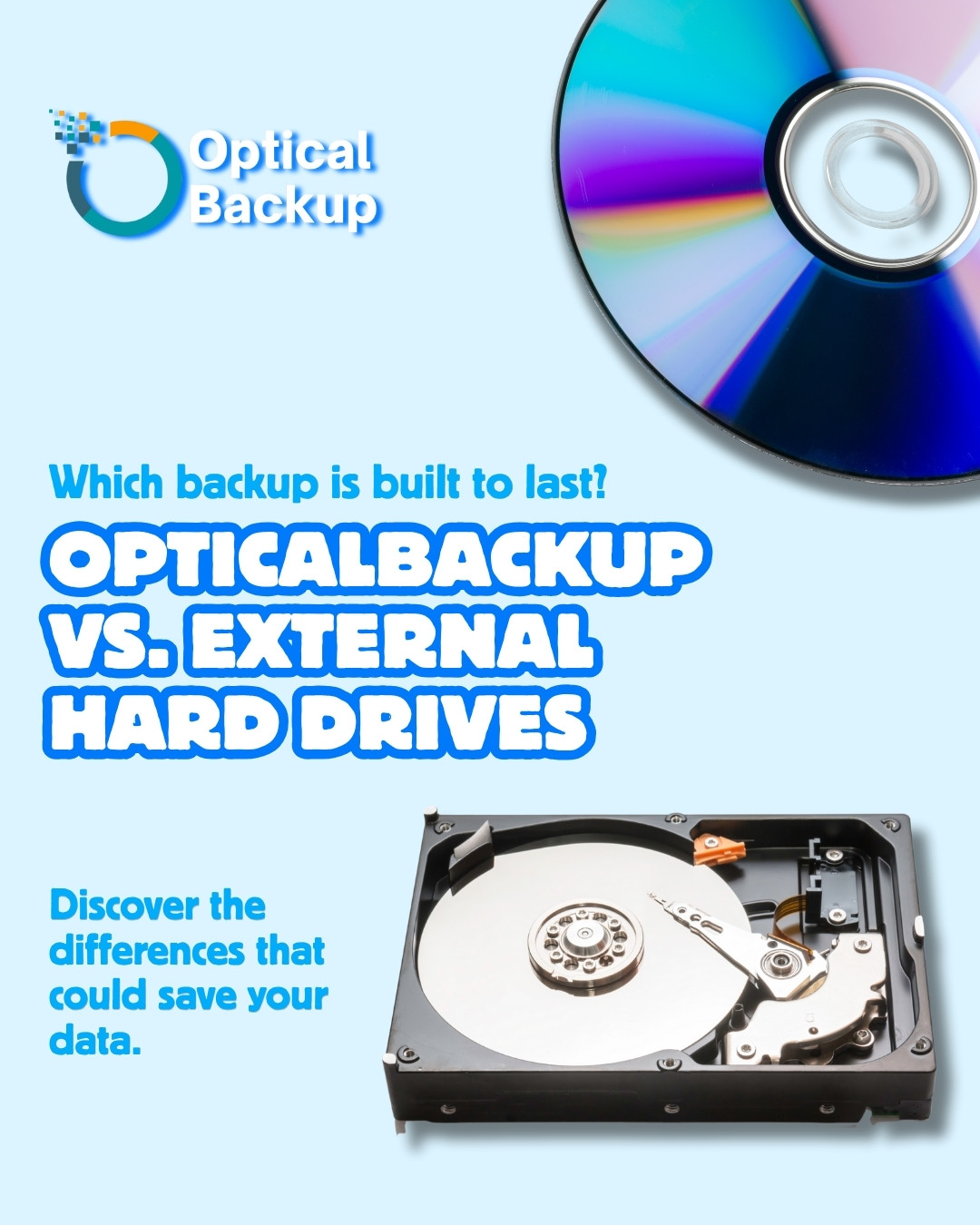Securing Your Data in a Climate Emergency: The Power of OpticalBackup
Cloud-based storage, despite being a revolutionary technological advancement, is not immune to the impacts of climate-related disasters. Just like physical assets, data can be jeopardized by catastrophic events such as fires, floods, or blackouts. Therefore, it’s crucial to understand the impact of these climate events on cloud/data accessibility and how to safeguard your valuable data.
##Climate Events and their Impact on Cloud/Data Accessibility
Climate change, with its increasing frequency and intensity of natural disasters, poses significant risks to data centers that host cloud services. For example, in 2019, a cloud data center in France was destroyed by a fire, causing significant data loss for several businesses ([source](https://www.datacenterdynamics.com/en/news/ovh-data-center-fire-takes-websites-offline-across-the-world/)). Floods can also damage infrastructure, leading to data loss and prolonged service outages.
Even without direct damage, extreme weather events can cause blackouts, disrupting access to data when it’s most needed. Thus, relying solely on cloud storage can put your organization’s data at risk in a climate emergency.
##Offline Backup: An Essential Safeguard
Offline backup solutions, like OpticalBackup, can provide a critical safeguard for your data. Here’s where the concept of “immutable backup” becomes particularly noteworthy. Immutable backup is a type of backup that cannot be modified or deleted once it’s written. This ensures that no matter what happens, a version of your data is always secure and accessible.
OpticalBackup offers long-term, offline backup solutions that are resilient to climate events. Your data is stored offline, making it immune to cyber-attacks, and is also physically protected from environmental threats such as fires or floods.
##Real-World Disaster Ordeals
The importance of offline, immutable backup becomes strikingly clear in real-world disaster scenarios. For instance, during Hurricane Sandy in 2012, many businesses suffered significant data loss due to server damage caused by flooding. Those with offline backup solutions, however, were able to recover their data and resume operations more quickly and efficiently ([source](https://www.datacenterknowledge.com/archives/2012/11/02/data-center-recovery-after-sandy)).
##Preparedness Checklist: Securing Your Data Against Climate Emergencies
1. **Regular Backups**: Regularly back up your data using a solution like OpticalBackup. This will ensure your data is always up to date and secure.
2. **Offline Storage**: Store your backup data offline. This will protect it from cyber threats and make it accessible even during a blackout.
3. **Immutable Backup**: Use an immutable backup solution to ensure that your data cannot be accidentally deleted or modified.
4. **Physical Protection**: Ensure your backup solution offers physical protection from environmental threats. OpticalBackup’s solution is resistant to fires, floods, and other disasters.
Global warming is making climate emergencies increasingly common and unpredictable. It’s more important than ever to protect your valuable data from these threats. OpticalBackup provides a secure, resilient, and long-term backup solution that can safeguard your data, even in a climate emergency.
Don’t wait for disaster to strike. Protect your data with OpticalBackup today. Visit our [blog](https://opticalbackup.com/blog/) for more insights on data protection and backup solutions.



